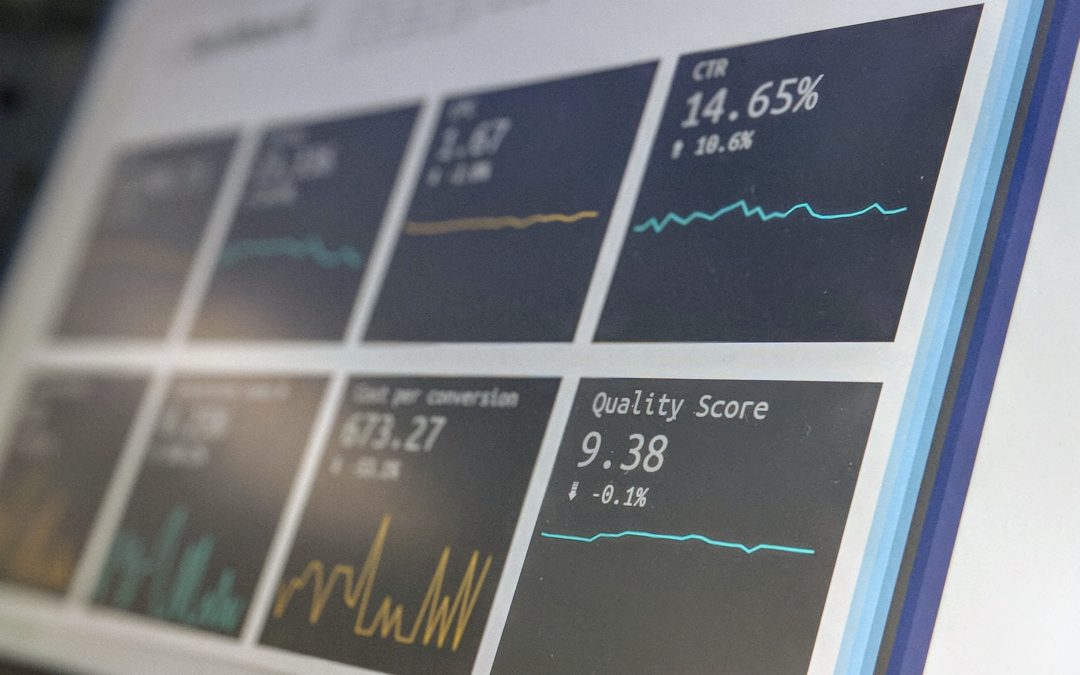Data strategy is a big topic. Trying to wrap your mind around how data is used across your organization can be intimidating, but you must do so. It would help if you had a clear understanding of where your information lives, what business objectives it supports, and how well you track them. This article is the first in a series that helps answer the questions on what a data strategy is and how a data strategy will help your organization achieve strategic goals and objectives.
Asking the Right Questions
Asking the right questions is key to getting the correct answers. How will our organization start gaining value from data? We have clearly defined goals and objectives. We also have a wealth of data available to us. How do we use that data to help us strategically achieve our goals and objectives? Questions that ask how to get started can be challenging to answer. Analytics, artificial intelligence (AI), and the internet of things (IoT) offer many opportunities and solutions to problems and know which are right for you is vital. Asking the right questions is where it should begin. Although the answers may still be challenging to find, the questions are focused and strategic.
Data Use Cases
Knowing your organization’s strategic objectives, how do you want to use data to help achieve them? Is it to; make better decisions, understand customers and the market better, create more intelligent services and products, improve business processes, or monetize data for financial gain? Determining the use cases for your data is an integral step in defining the specific plans required to satisfy those use cases. There are several vital components of a use case. The use case must be linked to a strategic goal and should identify how it will achieve its purpose and how it is measured. The use case should also identify the use case’s owner and the data’s customer. The data type, data governance, and how that data will be turned into insights should also be determined. Capacity needs such as technical requirements, skills and capabilities, and implementation requirements should each be identified.
Prioritize and Plan
Once data use cases have been identified, they need to be prioritized. This involves the identification of the most compelling use cases as well as a few quick-win use cases. Once prioritized, plans are then created for each use case.
Conclusion
A well-defined data strategy helps you make the most of your data by ensuring it is used effectively and efficiently. You can make the most of your data to achieve your goals by understanding your goals.
About Citizen39
Citizen39 provides data consulting, including end-to-end data strategy design, planning, and data plan execution. Contact us today to learn more about our approach and how we can help you achieve your strategic goals and objectives with strategic data planning, business intelligence, and other data services.

Recent Comments